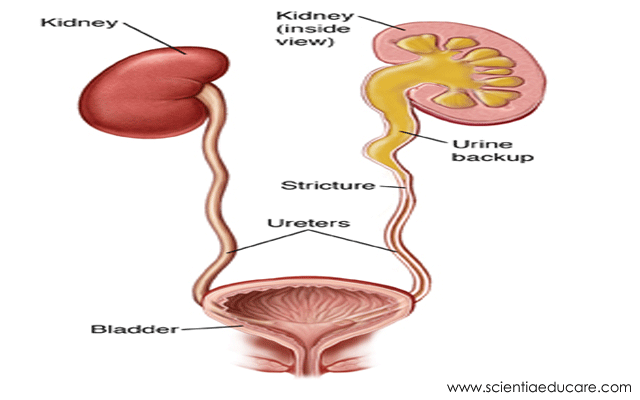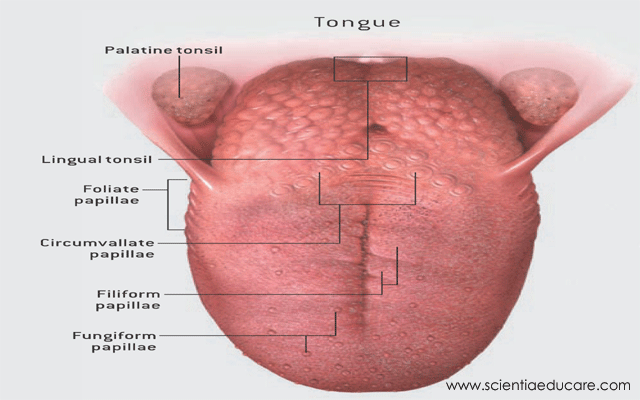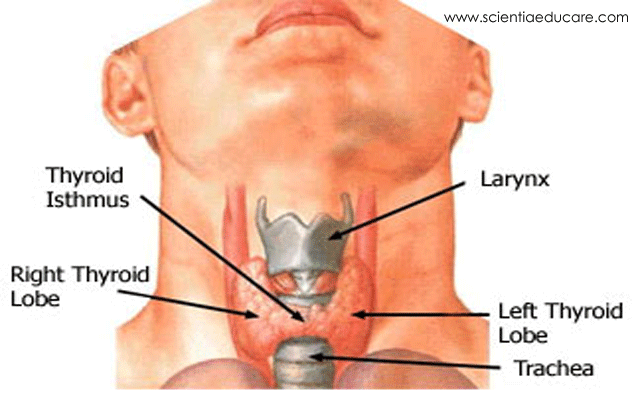
Heart
The heart is a muscular organ about the size of a fist, located just behind and slightly left of the breastbone. The heart pumps blood through the network of arteries and veins called the cardiovascular system.
The heart has four chambers:
The right atrium receives blood from the veins and pumps it to the right ventricle.
The right ventricle receives blood from the right atrium and pumps it to the lungs, where it is loaded with oxygen.
The left atrium receives oxygenated blood from the lungs and pumps it to the left ventricle.
The left ventricle (the strongest chamber) pumps oxygen-rich blood to the rest of the body. The left ventricle’s vigorous contractions create our blood pressure.
The coronary arteries run along the surface of the heart and provide oxygen-rich blood to the heart muscle. A web of nerve tissue also runs through the heart, conducting the complex signals that govern contraction and relaxation. Surrounding the heart is a sac called the pericardium.
Heart Conditions
Coronary artery disease: Over the years, cholesterol plaques can narrow the arteries supplying blood to the heart. The narrowed arteries are at higher risk for complete blockage from a sudden blood clot (this blockage is called a heart attack).
Stable angina pectoris: Narrowed coronary arteries cause predictable chest pain or discomfort with exertion. The blockages prevent the heart from receiving the extra oxygen needed for strenuous activity. Symptoms typically get better with rest.
Unstable angina pectoris: Chest pain or discomfort that is new, worsening, or occurs at rest. This is an emergency situation as it can precede a heart attack, serious abnormal heart rhythm, or cardiac arrest.
Myocardial infarction (heart attack): A coronary artery is suddenly blocked. Starved of oxygen, part of the heart muscle dies.
Arrhythmia (dysrhythmia): An abnormal heart rhythm due to changes in the conduction of electrical impulses through the heart. Some arrhythmias are benign, but others are life-threatening.
Congestive heart failure: The heart is either too weak or too stiff to effectively pump blood through the body. Shortness of breath and leg swelling are common symptoms.
Cardiomyopathy: A disease of heart muscle in which the heart is abnormally enlarged, thickened, and/or stiffened. As a result, the heart’s ability to pump blood is weakened.
Myocarditis: Inflammation of the heart muscle, most often due to a viral infection.
Pericarditis: Inflammation of the lining of the heart (pericardium). Viral infections, kidney failure, and autoimmune conditions are common causes.
Pericardial effusion: Fluid between the lining of the heart (pericardium) and the heart itself. Often, this is due to pericarditis.
Atrial fibrillation: Abnormal electrical impulses in the atria cause an irregular heartbeat. Atrial fibrillation is one of the most common arrhythmias.
Pulmonary embolism: Typically a blood clot travels through the heart to the lungs.
Heart valve disease: There are four heart valves, and each can develop problems. If severe, valve disease can cause congestive heart failure.
Heart murmur: An abnormal sound heard when listening to the heart with a stethoscope. Some heart murmurs are benign; others suggest heart disease.
Endocarditis: Inflammation of the inner lining or heart valves of the heart. Usually, endocarditis is due to a serious infection of the heart valves.
Mitral valve prolapse: The mitral valve is forced backward slightly after blood has passed through the valve.
Sudden cardiac death: Death caused by a sudden loss of heart function (cardiac arrest).
Cardiac arrest: Sudden loss of heart function.













